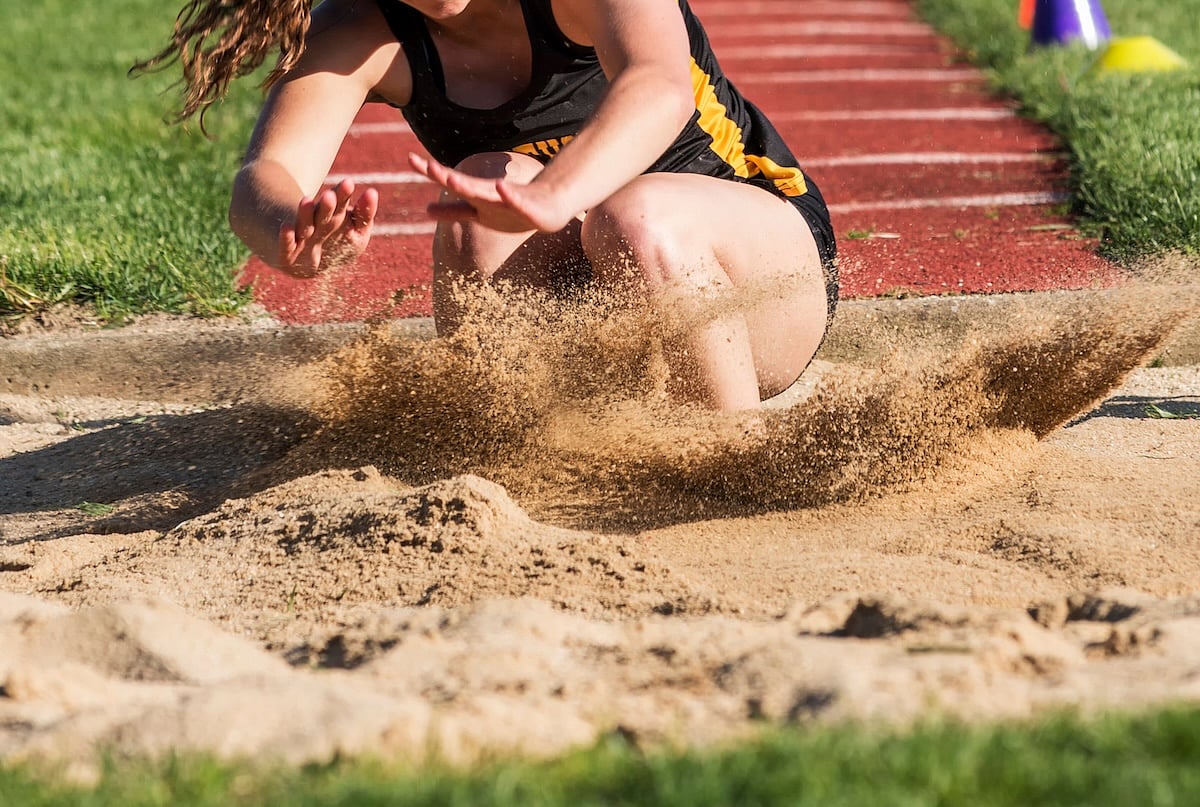Get Healthy!

- Posted October 17, 2025
Growing Pains? For Young Athletes, It Might Be A Sports Injury
Volleyball player Madelyn Olympia, 14, started experiencing back pain after diving for a ball.
“The first time it happened, I was just diving normally, but something sounded different,” Madelyn, of Hummelstown, Pennsylvania, said in a news release. “After that, it hurt every time I bent forward and back.”
This sort of thing is sometimes mistakenly dismissed as normal “growing pains,” said Madelyn’s physician, Dr. Matthew Silvis.
But in student-athletes these days, it’s more likely the player has developed a repetitive use injury, Silvis said in a news release.
“Overuse injuries are really predictable,” said Silvis, a sports medicine physician at Penn State Bone and Joint Institute in Hershey, Pennsylvania. “We use the ’rule of toos’ – too much, too fast, too often. When kids are in the position to overuse certain muscle groups or joints, that’s when they start to break down and have injuries.”
These days, student-athletes like Madelyn play and train year-round rather than limiting themselves to a season, Silvis said. Kids who focus on one sport for more than eight months a year are at risk for such overuse injuries.
However, Silvis said these athletes typically grit their teeth through soreness or aching for weeks or months, because parents or coaches mistakenly attribute their pain as “growing pains.”
“It’s likely not a growing pain. It’s the onset of an overuse injury, and when that happens, eventually the student-athlete can’t participate in their given sport,” Silvis said.
Adults should listen to student-athletes’ concerns and act early, rather than let the matter rest, Silvis said. Proper treatment might allow athletes to keep playing as they heal, while ignoring pain for too long might allow an injury to progress to the point the kid must take a break from sports.
“Anchoring coaches and parents to sport guidelines can really help,” Silvis said. “Take baseball, for example. If we follow USA Baseball's recommendations for pitch counts, we can avoid overuse injuries to the shoulder or elbow.”
He continued: “We might recommend runners decrease the number of miles they run by 50% until their overuse injury starts to heal, and they no longer have discomfort. That way, they still get to participate, and they can be social with their friend group.”
Parents also should know what to look for in a repetitive use injury. Signs include:
Swelling of joints or soft tissue
Tenderness in a specific part of the body
Missing practices due to pain
In addition, parents should consider encouraging their child to play more than one sport.
Top-level players usually start specializing in their sport by age 14, but research has shown that this early focus doesn’t increase an athlete’s odds of excelling, Silvis siad.
The trick is to encourage athletes to diversify their activities, so they work different parts of the body throughout the year.
“It's not a problem if the sports are different. If you golf in the fall, play basketball in the winter and run track in the spring, you're using different parts of your anatomy,” Silvis said. “It's a much bigger problem if you're playing the same sport year-round. So the diversity in the balance of activities is really the key.”
In Madelyn’s case, an MRI confirmed Silvis’ initial suspicions that she had strained her back muscles.
Silvis prescribed rest and physical therapy, in which Madelyn used exercises to strengthen her core and support her back.
“At physical therapy, I focus on exercises that strengthen my core so the muscles around it are stronger,” Madelyn said. “Each time, the physical therapist makes the exercises a little bit harder so I can work back up to where I want to be.”
Silvis also has been encouraging Madelyn to be more mindful during play.
“I’ve been able to work with her on some volleyball boundary setting in terms of how often she’s diving for balls, et cetera,” Silvis said. “After her season is over, she’s promised me she’ll take a break for a season of rest.”
More information
The American Academy of Pediatrics has more on preventing overuse injuries in young athletes.
SOURCE: Penn State Health, news release, Oct. 8, 2025







